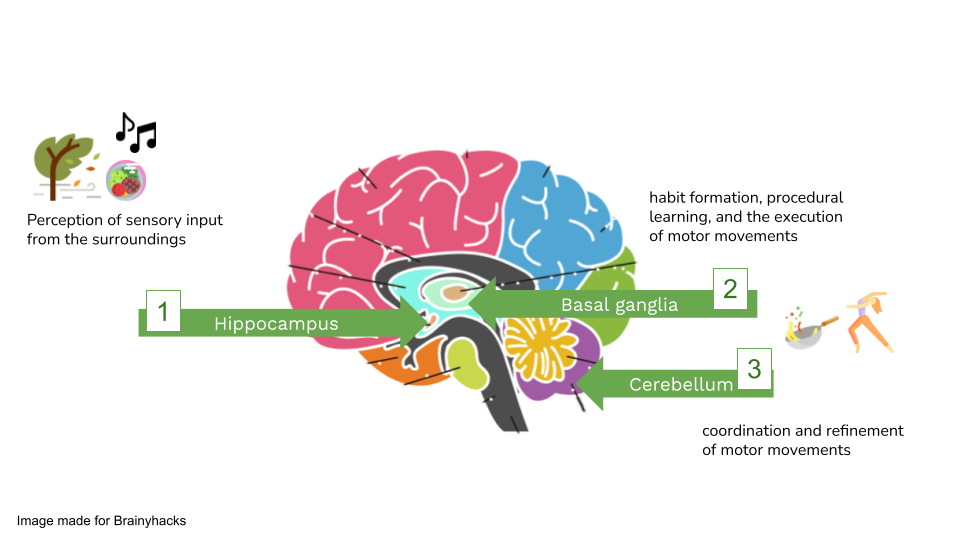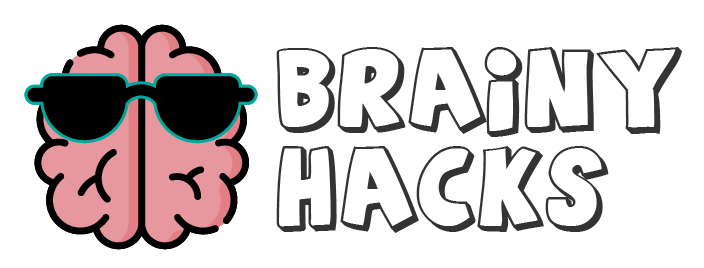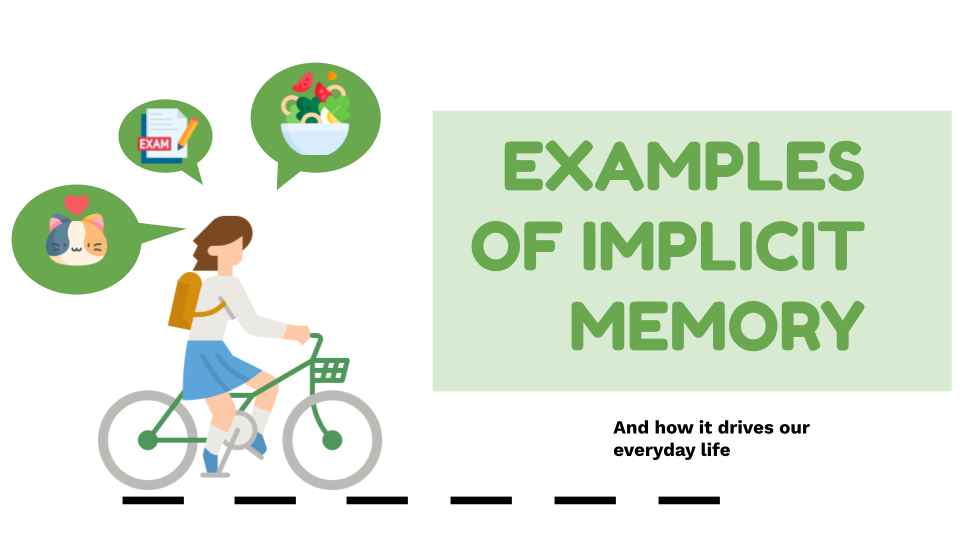Our brain, a marvel of complexity in our nervous system, orchestrates every process that regulates our body. From our emotions and motor skills to vision and memory, this 3-pound wonder dictates it all.
Nature of Implicit Memory
However, before we delve into the intricate regions of our brain, such as the basal ganglia and cerebellum, let’s stroll down memory lane. Think back to learning how to ride a bike, type swiftly on a QWERTY keyboard, or tie shoelaces. While we might not remember the specific moments, these skills are etched into our minds, effortlessly and almost automatically accessible whenever we need them.
These seemingly mundane yet essential routines, such as brushing our teeth and getting dressed, are part of our implicit memory, a reservoir of automatic memories we do not consciously store but effortlessly retrieve. Implicit memory is a memory for information expressed unconsciously or automatically via facilitated performance on a related task (Schacter, 1987). These skills become as natural as breathing. How good is that?
Unfortunately, academic subjects like math, science, and history do not fall under implicit learning, leading to varied success in retrieval. (For more on enhancing explicit memory, check out our articles on The Forgetting Curve and Retrieval Practice Explained.) On the brighter side, vital life skills such as driving, cooking, sewing, and navigation are unconsciously retrievable, thanks to a phenomenon called priming.
Priming is a technique in which a stimulus and our behavior towards it are introduced, thus activating an association or representation in memory (Lee et al., 2014). (If you have read our recent article about Associative Learning, you have an edge in understanding stimulus-response association!) While associative learning focuses on gathering and retaining information, priming operates without conscious awareness, impacting our daily lives. In psychology, priming comes in various forms, but the underlying principle involves activating schemas (information) stored in our long-term memory. Primed information often includes non-declarative, procedural, or motor memories—like those essential skills mentioned earlier.
Implicit learning and implicit memory clarify why most of us do not need to focus much on buttoning a shirt or a power-up move in playing Fortnite compared to retrieving the formula for the circumference of a circle or the details of Eugene Delacroix’s painting of the French Revolution. Fascinating, right? Let’s get nerdy real quick!
The Brain at Work: Implicit Memory
Supervised by the cerebral cortex, our cerebellum, basal ganglia, and motor cortex are the parts of the brain involved in implicit memory. Surprisingly, the hippocampus, a popular brain region responsible for explicit memory, takes a back seat in this process. However, this center of the brain is still essential in the priming process, more like a pass-the-message game or the telephone game, wherein the first person who has received the original message must understand the information clearly before passing it to the following receiver.

In short, without the hippocampus receiving the information, its way to the basal ganglia and the cerebellum may be troubled. It is more like a messenger ensuring clear transmission of information to the basal ganglia and cerebellum. The basal ganglia shape our habits, movements, and learning, from dancing to playing musical instruments. At the same time, the cerebellum, located at the brain’s base, fine-tunes our motor control, affecting skills like chopstick usage or typing gently on a keyboard. Both are often associated with habit-forming, such as bruxism or teeth grinding, addiction, and OCD or Obsessive-compulsive disorder.
Let’s understand more about the significance of the hippocampus to implicit and explicit memories through the TED-Ed video What happens when you remove the hippocampus.
Laboratory studies on cognitive ageing reveal that implicit memory remains relatively preserved compared to episodic memory as we age (Nyberg et al.,1996). Imagine the initial challenges you had in riding a bicycle as a child, including pedaling, balancing, and steering all at once. Years later, even if you have not ridden a bike in a long time, you can likely hop on one and ride easily. Your body remembers how to balance and pedal; you can do it without consciously recalling the specific steps or thinking about the physical mechanics involved. It is the same as your proficiency at typing, where you can type without consciously thinking about the position of each key. Your fingers automatically find the right keys based on implicit memory of the keyboard layout and the words you want to type. Other examples include recognizing faces based on past encounters, playing specific chords on a guitar, dancing to Beyoncé’s Single Ladies, and even food preferences due to past experiences.
Despite the often overlooked part of cognitive functioning, implicit memory underscores the essence of our daily activities. Its influence becomes apparent in the seamless execution of tasks we have learned, from basic motor skills to complex movements, shaping our routines and enabling us to navigate the world with adeptness.
References:
- Schacter, D. L. (1987). Implicit memory: History and current status. Journal of Experimental Psychology: Learning, Memory, and Cognition, 13(3), 501–518. https://psycnet.apa.org/record/1988-03390-001
- Lee JS, Choi J, Yoo JH, et al., (2014) The effect of word imagery on priming effect under a preconscious condition: an fMRI study.
- Lars Nyberg, Lars Bäckman, Karin Erngrund, Ulrich Olofsson, Lars-Göran Nilsson (1996) . Age Differences in Episodic Memory, Semantic Memory, and Priming: Relationships to Demographic, Intellectual, and Biological Factors. https://academic.oup.com/psychsocgerontology/article/51B/4/P234/650817?login=true
- https://www.seevividly.com/info/Physiology_of_Vision/The_Brain


1 thought on “Examples of Implicit Memory”
Comments are closed.